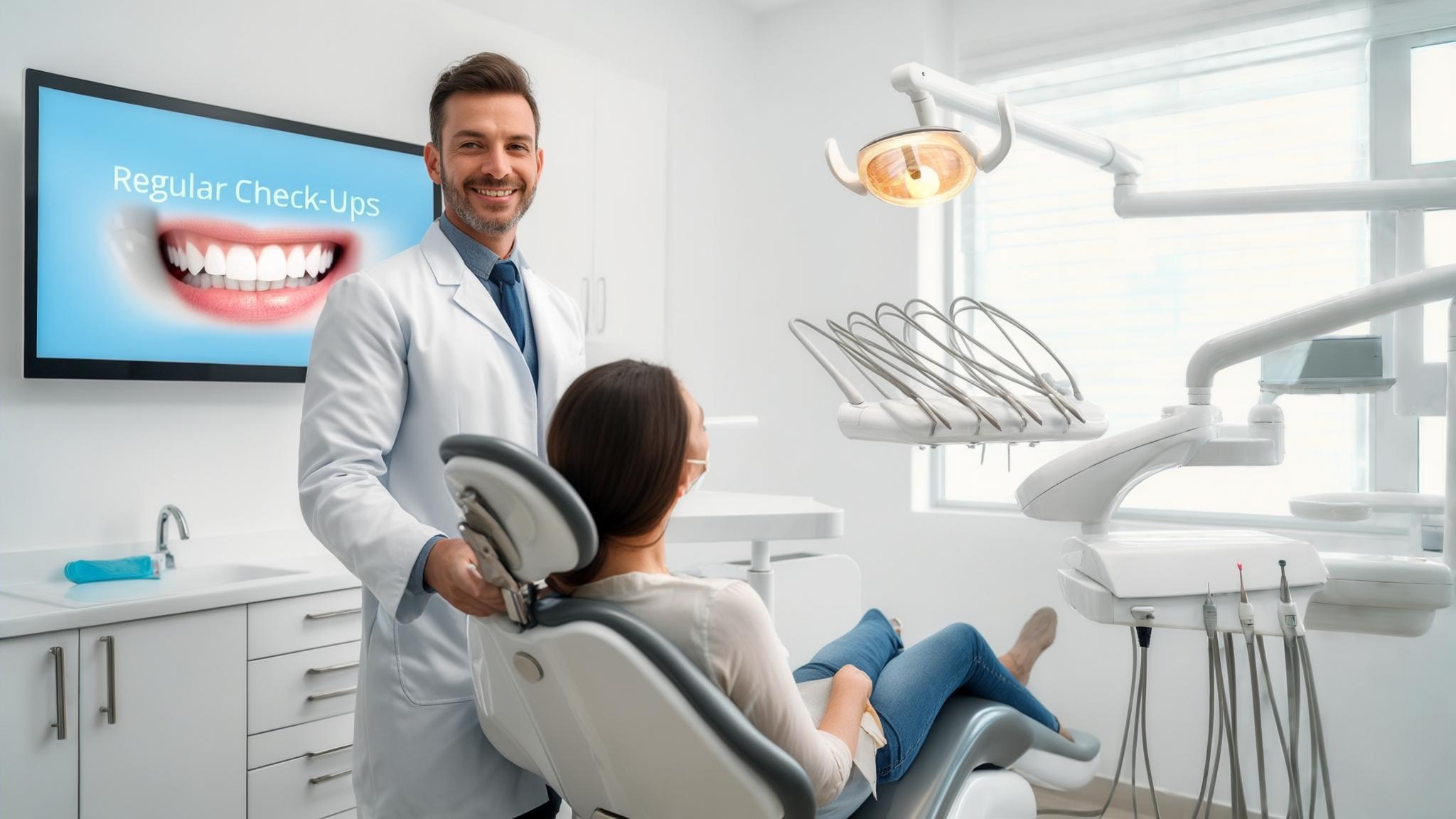What is a Comprehensive Oral Exam?
A comprehensive oral exam is a thorough dental assessment that goes beyond a routine check-up. Think of it as a detailed health check for your mouth. While a routine visit might focus on a quick glance and cleaning, a comprehensive exam digs deeper into your oral health, identifying potential issues before they become serious problems.
Typically, dentists recommend having a comprehensive oral exam every six months. This frequency helps catch any changes in your oral health over time, ensuring that you maintain a healthy smile.
Components of a Comprehensive Oral Exam
A comprehensive oral exam includes several key components that together provide a complete picture of your oral health. Let’s break these down:
1. Medical History Review
Before your exam begins, your dentist will review your medical history. This step is crucial because it helps them understand any medications you take, allergies you may have, and existing medical conditions that could affect your dental health. Keeping this information updated allows for personalized care tailored to your needs.
2. Visual Examination
Next, the dentist performs a visual inspection of your mouth. This process involves examining:
- Teeth for decay or damage
- Gums for signs of disease
- Tongue and oral cavity for abnormalities During this inspection, the dentist looks for signs of dental issues like cavities or gum disease, which can often go unnoticed until they become more serious.
3. Periodontal Evaluation
A healthy mouth isn’t just about your teeth; your gums play a vital role too. During the periodontal evaluation, your dentist assesses the health of your gums and measures the pocket depth around your teeth. This helps identify any signs of periodontal disease, which can lead to tooth loss if left untreated.
4. X-Rays and Radiographic Analysis
To get a clearer picture of your oral health, dentists often use X-rays. These images help reveal issues hidden beneath the surface, such as:
- Tooth decay between teeth
- Bone loss around teeth
- Problems with the jawbone Common types of X-rays include bitewing and panoramic X-rays, each serving a specific purpose in your evaluation.
5. Oral Cancer Screening
Oral cancer screenings are a vital part of a comprehensive exam. Dentists check for unusual lumps or lesions in your mouth. Early detection of oral cancer can significantly improve treatment outcomes, making this screening an essential component of your dental visit.
6. Bite and Occlusion Assessment
Your bite refers to how your teeth come together when you close your mouth. The dentist assesses your bite and occlusion to ensure your teeth align correctly. Misalignment can lead to discomfort and other issues, such as jaw pain or uneven wear on your teeth.
7. Additional Tests (if applicable)
In some cases, your dentist may perform additional tests. For example, salivary testing can help assess your risk for cavities or gum disease. Screening for conditions like sleep apnea may also be discussed, depending on your symptoms.
The Role of the Dentist and Dental Hygienist
During a comprehensive oral exam, both the dentist and dental hygienist play crucial roles. The dentist conducts the exam, identifies issues, and discusses treatment options. Meanwhile, the dental hygienist often performs cleanings and educates patients about proper oral hygiene practices. This teamwork ensures you receive comprehensive care tailored to your needs.
Patient Education and Preventive Care
A significant part of a comprehensive oral exam is patient education. Your dentist will discuss effective oral hygiene practices, such as:
- Brushing twice a day
- Flossing daily
- Using mouthwash Additionally, they may recommend preventive measures like fluoride treatments and sealants to protect your teeth from decay.
What to Expect During a Comprehensive Oral Exam
When you arrive for your appointment, expect a friendly welcome. Here’s a step-by-step outline of what happens:
- Check-in: You’ll confirm your medical history.
- Visual exam: The dentist will inspect your mouth.
- X-rays: If needed, you’ll have X-rays taken.
- Periodontal evaluation: The dentist will check your gum health.
- Discussion: You’ll talk about findings and any necessary treatments.
Typically, a comprehensive oral exam lasts about 60 to 90 minutes. Throughout the process, your comfort is a priority, and your dentist will communicate clearly, ensuring you feel at ease.
Conclusion
Comprehensive oral exams are essential for maintaining your oral health and catching potential issues early. Regular visits to your dentist help ensure a healthy smile for years to come. Don’t hesitate to schedule your next comprehensive oral exam; your mouth will thank you for it!
References
- American Dental Association (ADA)
- Centers for Disease Control and Prevention (CDC)
- Journal of the American Dental Association (JADA)
Call to Action
Ready to take charge of your oral health? Schedule your next comprehensive oral exam today! Contact your local dental practice to book an appointment.

